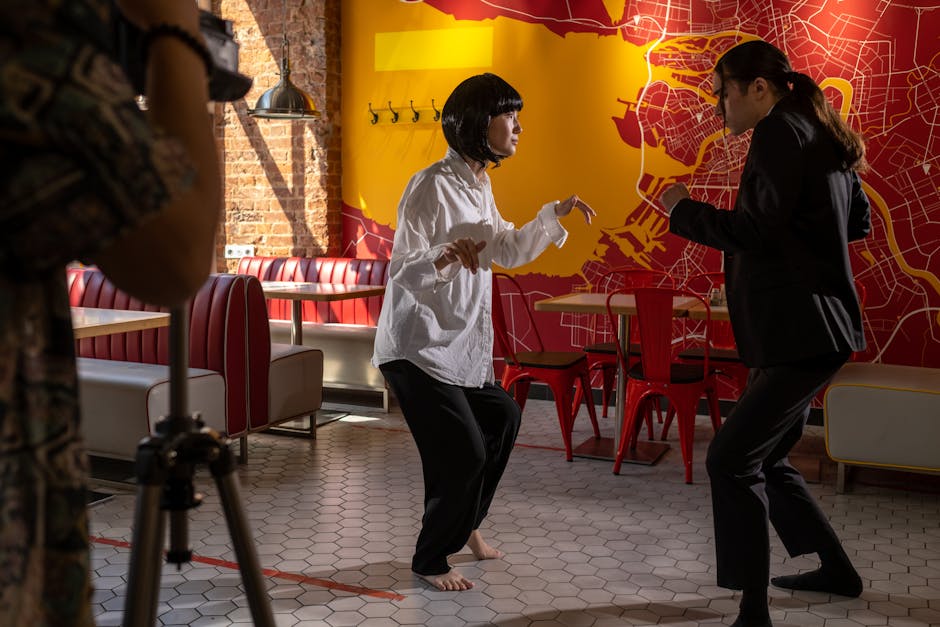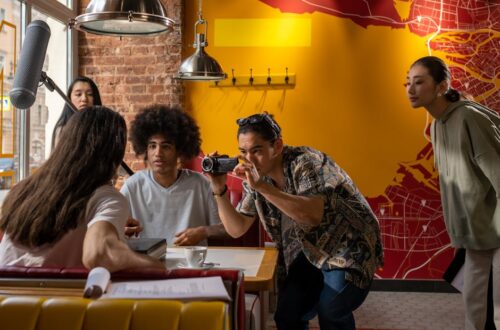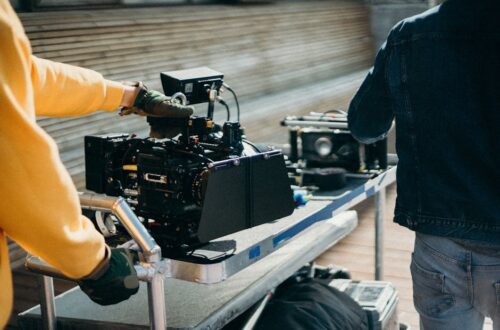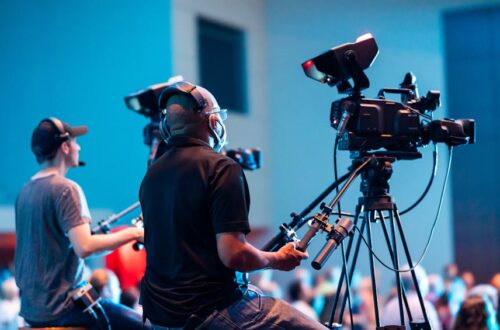Behind the scenes is where the true magic of filmmaking unfolds. While audiences enjoy the final product on screen, few realize the intricate process and collaboration required to bring a story to life. At Scene Flow – Scenlo, we dive deep into the world of film and TV to reveal the creative flow, technical mastery, and storytelling passion that drive every production. Join us as we explore what really happens behind the scenes, from the spark of an idea to the glow of the projector.
The Genesis: Development and Story Conception
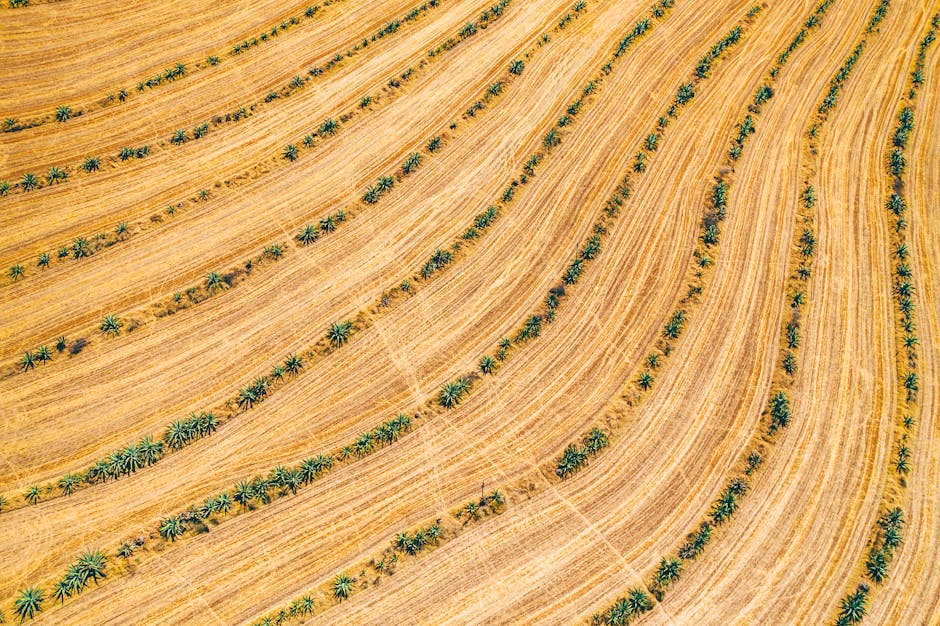
Photo by Mikhail Nilov on Pexels
Every film begins with a seed—a concept, a vision, or a question that sparks the imagination. The development stage is where this raw idea is nurtured, refined, and shaped into a viable project. Writers brainstorm storylines, craft compelling characters, and draft scripts that capture the essence of the narrative. Producers collaborate closely with writers, offering feedback and securing the rights to promising stories. This stage is not just about creativity; it’s also about practicality. Budgets are discussed, timelines are mapped, and the project’s feasibility is assessed.
Script development is a meticulous process. Multiple drafts are written, each iteration bringing the story closer to its final form. Storyboards are often created to visualize key scenes, helping the team anticipate challenges and opportunities. This is also the phase where initial deliverables—such as a treatment or a pitch deck—are prepared to attract potential investors or studios. The foundation laid here determines the direction and potential success of the entire production.
Pre-Production: Building the Blueprint

Once a script is polished and greenlit, pre-production begins. This phase is all about preparation and planning. The producer and director assemble a core team that includes the cinematographer, production designer, casting director, and editor. Together, they break down the script into individual scenes and shots, creating a shooting schedule that maximizes efficiency and minimizes costs.
Casting is a crucial step. The right actors breathe life into characters and shape the emotional core of the film. Through auditions and callbacks, the creative team seeks performers who not only fit the roles but also have the chemistry needed for authentic storytelling. Simultaneously, the production designer and location scouts search for settings that enhance the narrative, considering factors like lighting, accessibility, and logistical feasibility.
Pre-production also involves creating detailed storyboards, designing sets and costumes, and securing necessary permits. Every detail is scrutinized, from the color palette to the props, ensuring a cohesive visual and thematic experience. By the end of this phase, the production team has a comprehensive blueprint, ready to guide the complex journey ahead.
Production: Capturing the Vision
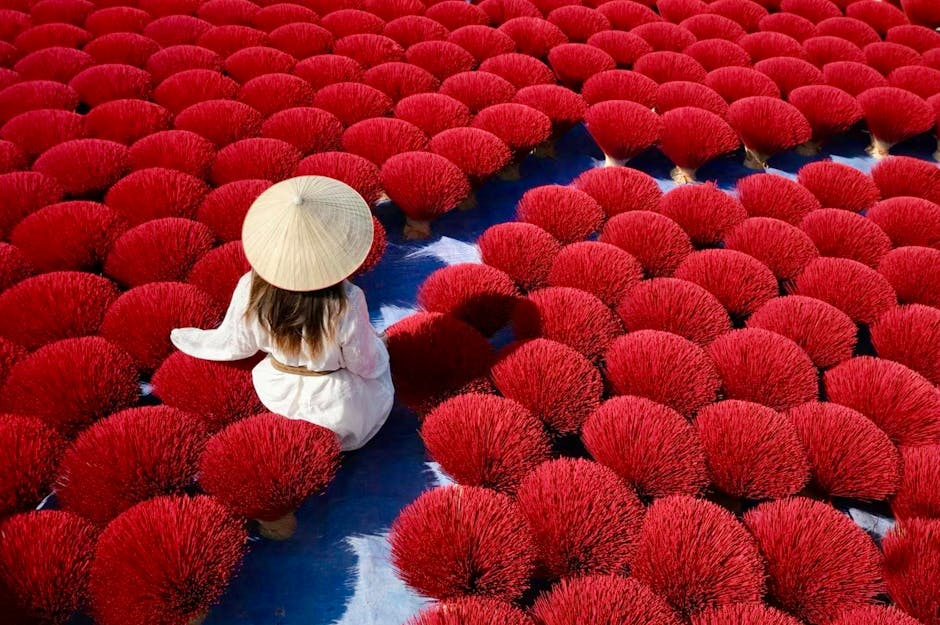
The production phase is where the script leaps off the page and onto the set. This is the most visible part of filmmaking, yet it is also the most demanding. Directors work closely with actors to shape performances, while the cinematographer and camera crew meticulously frame each shot. The set is a hive of activity, with departments like lighting, sound, makeup, and costumes working in concert to create movie magic.
The assistant directors play a vital role in maintaining order and efficiency. They manage the shooting schedule, coordinate the crew, and ensure that scenes are filmed on time and within budget. The grip department handles rigging for cameras and lights, while the gaffer oversees the actual lighting setup. Every take is carefully monitored, with the director calling “Action” and “Cut” to capture the perfect moment.
Despite the glamour, production is often a test of endurance. Days can be long, and conditions challenging, but the shared passion for storytelling keeps the team motivated. Each scene is a puzzle piece, contributing to the larger picture that will eventually captivate audiences.
Post-Production: Shaping the Story
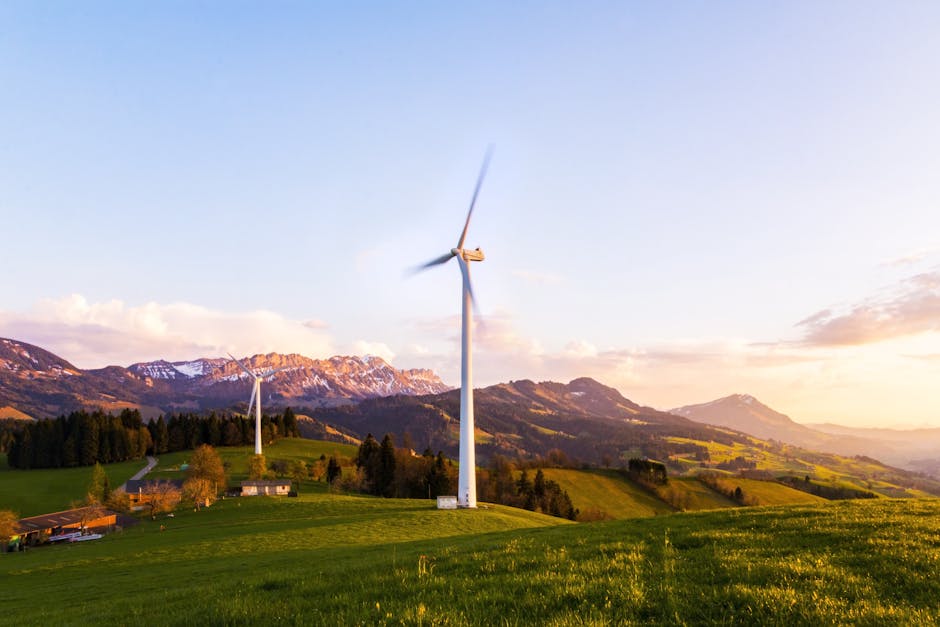
With filming complete, the focus shifts to post-production—a stage where the raw footage is transformed into a cohesive narrative. Editors meticulously review hours of footage, selecting the best takes and assembling them according to the script and director’s vision. This process, known as “the edit,” is both technical and creative, requiring a keen eye for pacing, continuity, and emotion.
Sound design and music composition add depth and atmosphere, while visual effects artists enhance scenes with digital wizardry. Color grading ensures visual consistency, and the final mix balances dialogue, sound effects, and music. Collaboration is key; editors work closely with directors, producers, and composers to achieve the desired tone and impact.
The final product undergoes multiple rounds of review and refinement. Test screenings may be held to gauge audience reactions, prompting last-minute adjustments. Only when every element aligns does the film earn its stamp of completion, ready for distribution.
The Unsung Heroes: Crew Roles and Collaboration
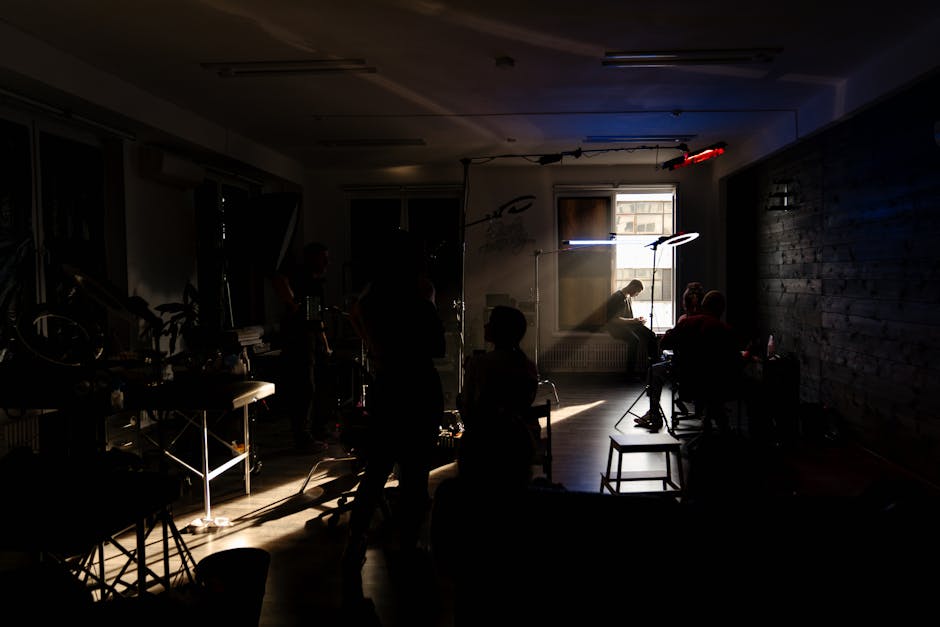
Photo by cottonbro studio on Pexels
Behind every great film is a team of dedicated professionals whose contributions often go unnoticed. From the first assistant director who keeps the set running smoothly to the production designer who crafts immersive worlds, each crew member plays a vital role. The grip and electric teams handle complex rigging and lighting setups, while the sound department captures crisp audio amidst the chaos of the set.
Makeup artists and costume designers help actors embody their characters, while editors and colorists shape the final look of the film. The collaborative spirit is palpable; every department must communicate and adapt to solve problems and seize creative opportunities. It’s this synergy that elevates a production from good to unforgettable.
From Set to Screen: Distribution and Legacy
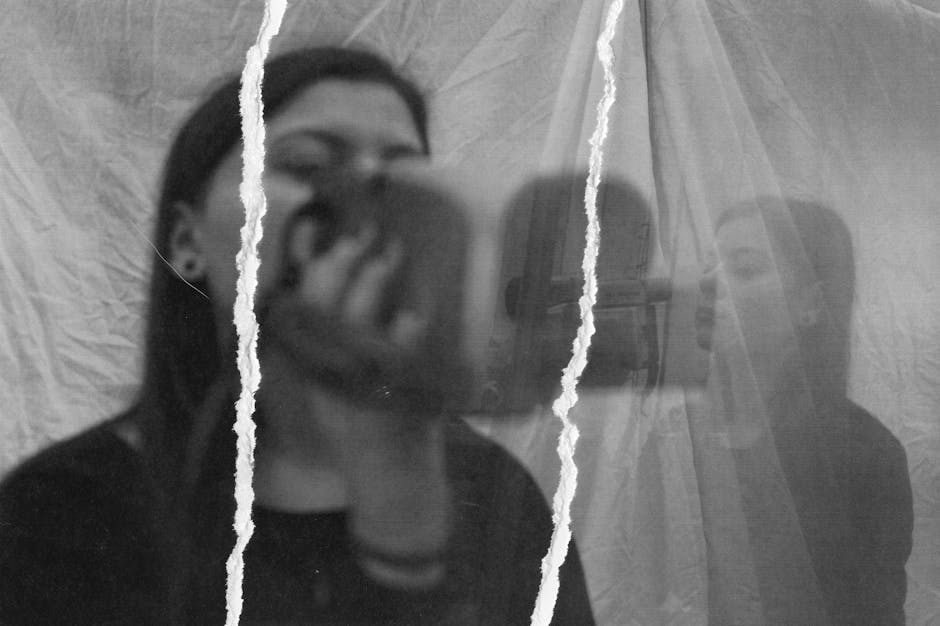
Photo by Darya Sannikova on Pexels
The journey doesn’t end with the final cut. Distribution is the bridge between filmmakers and audiences. Producers negotiate with studios, streaming platforms, and distributors to secure the best release strategy. Marketing campaigns generate buzz, while premieres and film festivals offer opportunities for critical acclaim and audience engagement.
The impact of a film extends beyond its runtime. Great movies inspire conversations, spark nostalgia, and become part of our cultural fabric. The behind-the-scenes journey—full of challenges, triumphs, and creative breakthroughs—ensures that every story told on screen resonates long after the credits roll.
Why Behind the Scenes Matters: The Heartbeat of Storytelling Flow
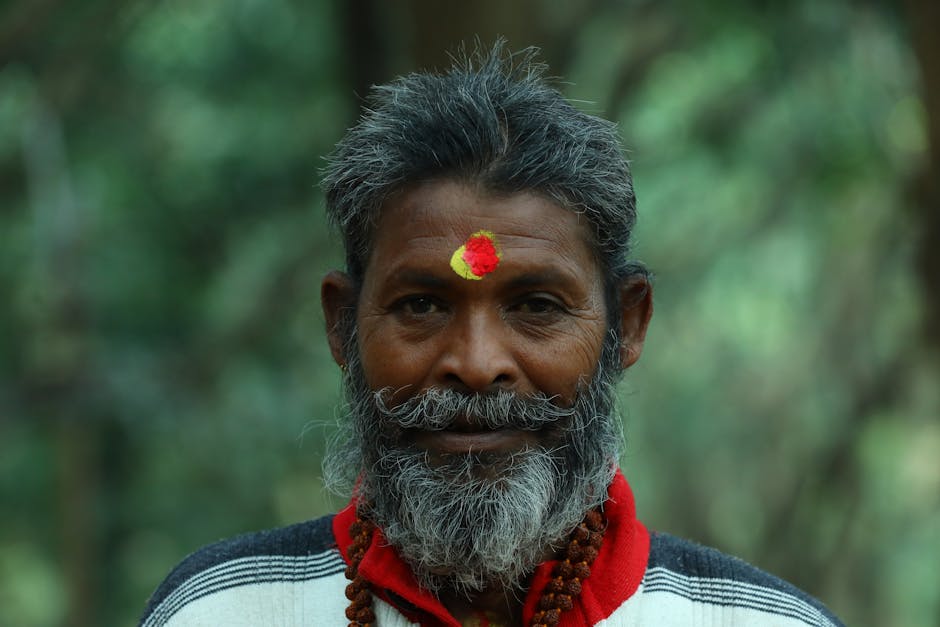
Photo by Villager Boy on Pexels
Understanding what happens behind the scenes deepens our appreciation for film and television. It’s where artistry meets craft, and vision meets execution. At Scene Flow – Scenlo, we celebrate the unsung heroes, the meticulous planning, and the spontaneous moments that define the flow of storytelling. By pulling back the curtain, we invite you to experience the passion, innovation, and resilience that make every movie possible.
So next time you watch a film, remember the journey it took to reach you—the countless hours, creative risks, and collaborative spirit that flow behind the scenes. That’s the true heart of cinematic storytelling.
Sources
- https://www.youtube.com/watch?v=puF9CkvmJt0
- https://www.aiu.edu.kw/news/behind-the-scenes–how-movies-are-made
- https://www.lafilm.edu/blog/the-world-of-film-production/
- https://globalyouth.wharton.upenn.edu/articles/behind-the-scenes-the-science-of-moviemaking/
- https://www.ubuni.co.ke/behind-the-scenes-the-film-production-process-from-start-to-finish/
